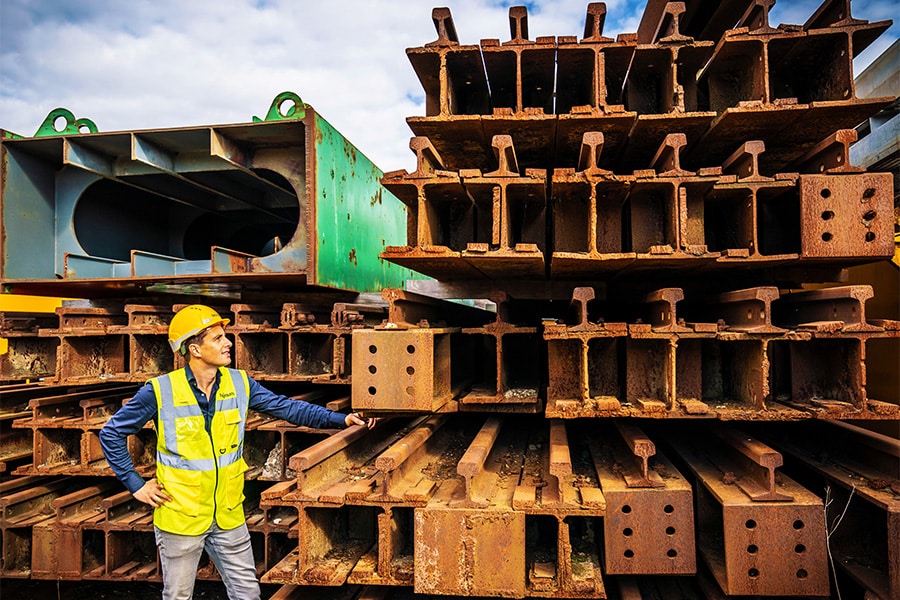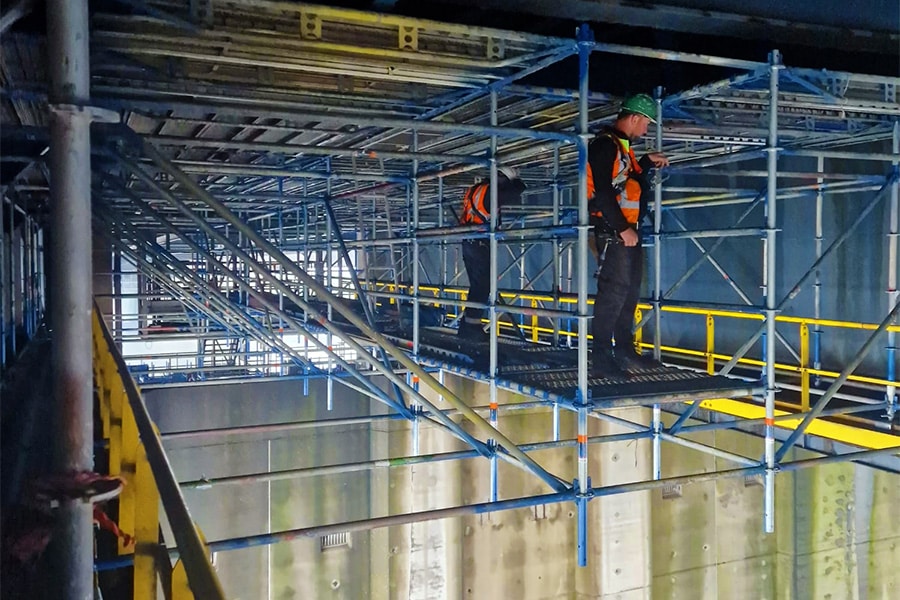
Architecture or Sculpture
The role of the architect in the building process has been shifting for years. Who is still a construction artist who masters the entire palette of the craft? Architects, especially young architects, are now primarily employed for the "quick win. A good story, flashy diagrams, a beautiful image and, above all, lots of green. A lot of green! Or, as Petra Blaisse says: 'dripping green'. We are all, if we are not careful, getting better and better at making images and diagrams, but worse and worse at making good architectural detail. That's not what real architecture is all about, is it?
The focus on speed, efficiency and ticking off lists of sustainability scores threatens the mastery of the art of construction, while architecture is an art of construction, not an art of imagery. Construction and art: these two words already encompass the pursuit of artisanal beauty. Unfortunately, this is often far to be found in average (housing) construction projects. Where is the love of aesthetics? Shouldn't beauty, even if subjective, carry as much weight in Excel lists as the efficiency of a building? I once learned from Herman Zeinstra that architecture should "touch your heart. There are few new buildings in the Netherlands these days that actually stir an emotion in me. I read in them, above all, a profession forced into a straightjacket by the rules ... and the desire to make buildings as efficient as possible.
Practicing the art of building is not a luxury but a necessity, in my view. To speak with the French Julien Guadet, architect and theoretician at the French École des Beaux-Arts: architecture begins with design, then comes study, then execution. Thereby, "building" is the final goal of design and study. More than 121 years ago, Guadet wrote about this: "Building must always be the architect's first priority, it is from this that he derives his means, it is also his limitation. Attempts at architecture that are not feasible do not count'. This sounds so simple, but in practice it is not. After all: if architects are not given the opportunity to develop the craft of the profession, then our knowledge and skills, and thus the profession as a whole, are impoverished. In that case, the architect is reduced to a designer who may come and pick out a color for the window frames with the RAL range.
It is now almost unrealistic to think that as an architect you get a full commission. You can squeeze your hands if you are allowed to make a VO-plus and with any luck get an aesthetic supervision role in the - crucial! - phases that follow. There is a reason why (young) architects are called by clients with the rhetorical question, "How do you see your role in the building process? The answer is obvious, but they usually don't care about subjective argumentation. At the same time, contractors and consultants are getting an increasing share of the construction process. To each his own, but I would argue that the architect should once again occupy an integral role in the building process, from design to completion. Not as a drawing office, but as a full-fledged construction team member.
Everyone shouts, "Build it together!" but for now, it is often the designers who are no longer allowed to participate halfway through the game.
Milad Pallesh
Architect/founder of Studio Pallesh



